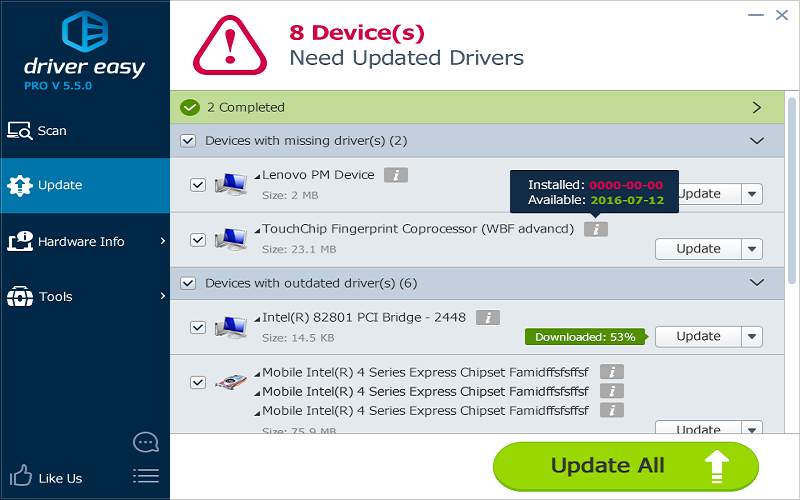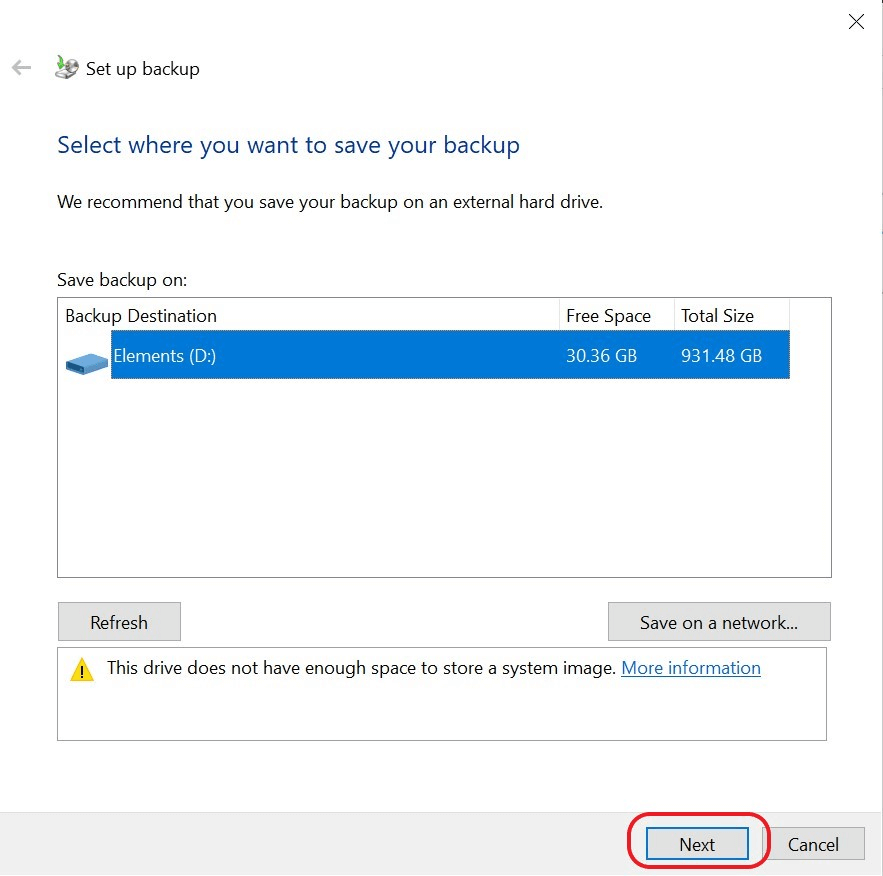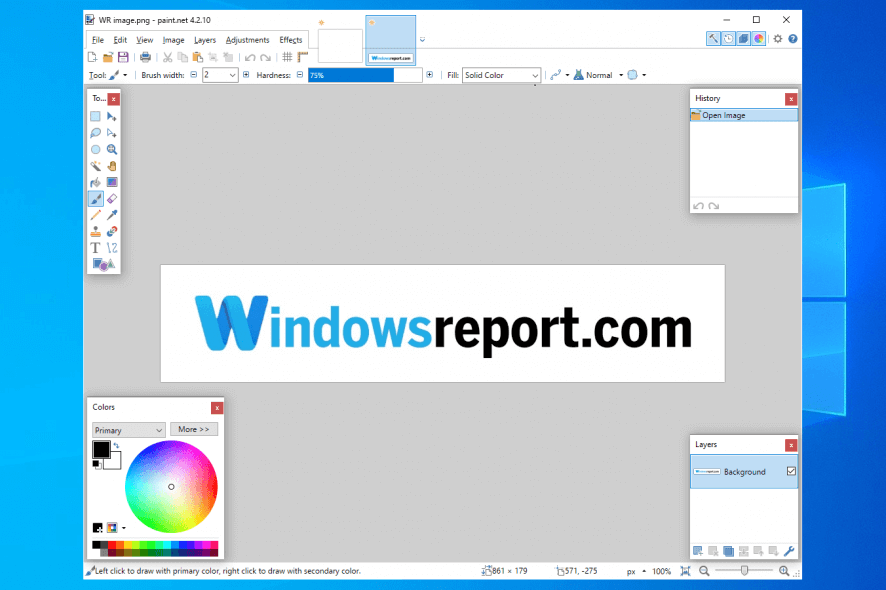
And when users get confused, they tend to leave things alone which is a shame. As it currently stands, the options within Windows 10 are confusing to many users. If there's one task you perform on your PC that needs to be clear and concise, it's the backup process. Although I've performed this backup a number of times, I'm never quite sure I'm doing it correctly. Microsoft could do a much better job at explaining the differences between the backup options they offer within Windows 10. For desktop users who aren't looking for many options, this free solution might work just fine for them. The restore process takes about 40 minutes. Windows doesn't give me a lot of options, side of which drive to backup and where to store the image. Once Windows has completed the image creation, I can restore that image if my computer begins acting up. I told Windows to perform an image backup of my primary drive (C:) and save that image to another internal drive (F:). Below is a screen capture of this process on my PC as I write this article. Windows also includes an imaging solution it calls Windows 7 Backup and Restore. But I don't consider a full backup solution. This is backup in its most basic form. It might save you in a pinch, say if you accidentally delete a file. That includes files saved to your Documents, Music, Pictures and Video folders as well as your browser Favorites.

Turning on File History will tell Windows to occasionally backup the files you save to Windows Libraries. The Windows 10 ApproachWindows 10 breaks down its backup solution into two parts: File History and Image Backups. While it helps to understand the distinction between imagine and cloning, I'll primarily be discussing imaging solutions today. That's not the case, and is outside our topic today. Some people confuse drive cloning with RAID 1. This is a great solution for those who can dedicate another drive to the process. You can overwrite a cloned drive if you need to. There's no such thing as incremental cloning. Because it is not compressed, it can be used immediately as a primary drive. Drive Cloning: Cloning basically takes an exact replica of your drive. Imaging provides the user with the most options which I'll discuss below. Advanced imaging products can take incremental images, save images to the cloud and even mount images from the cloud. The image is created as a single, compressed file that's usually saved on an internal or external drive.

Drive Imaging: Imaging products create a compressed file of your operating system that includes all the files you need to run Windows, plus all files and programs on that drive.

I've heard a lot of people use these terms interchangeably - however, they are not the same. Imaging vs CloningBefore I begin I want to start by clarifying the difference between drive imaging and drive cloning.


 0 kommentar(er)
0 kommentar(er)
